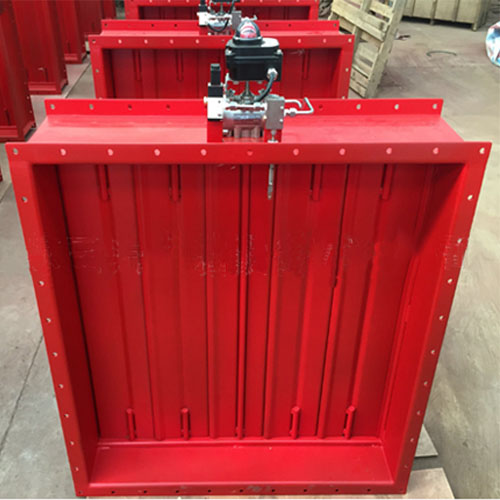Pneumatic valves have air-open and air-closed types. Air-open valve means that the higher the air pressure into the actuator, the greater the valve opening, and in the loss of air when the valve is closed, also known as FC (failclose); Air-closed valve means that the higher the air pressure into the actuator, the smaller the valve opening, and in the loss of air when the valve is fully open, also known as FO (failopen ).
Principle:
1. Safety considerations for the possible existence of toxic, flammable, explosive and other hazardous media system, should give priority to the selection of gas-open control valve. This is because in the case of gas source failure or signal interruption, the gas-open valve can automatically close to prevent leakage of hazardous media to ensure system safety. In the case of gas source failure or signal interruption, it should be ensured that the valve can automatically close or open to prevent the leakage of hazardous media or system failure.
2. Air-open type control valve after receiving the gas source signal, the valve opens, can achieve more accurate flow control. The air-closed type control valve receives the gas source signal, the valve closed, there may be a certain lag phenomenon, affecting the control accuracy. Therefore, for systems requiring accurate flow control, air-open control valves should be preferred.
3. In terms of operating pressure, in high pressure systems, air-open type control valves may require a larger air supply pressure to push the valve open, while air-closed type control valves can utilise a smaller air supply pressure to achieve valve closure. Therefore, when making a selection, it is important to determine the appropriate type of valve based on the operating pressure of the system.


